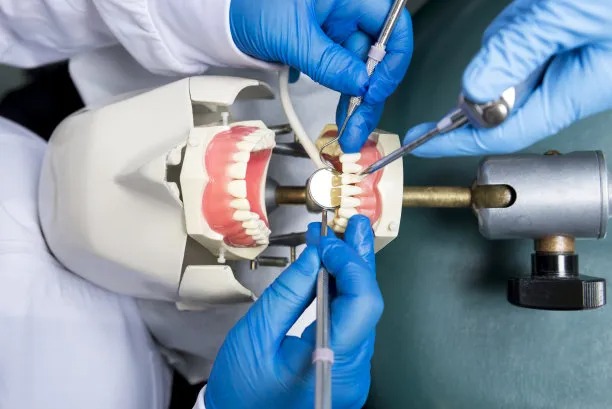The Comprehensive Guide to Dental Implant Treatment for a Beautiful and Functional Smile Restoration
Summary: Dental implant treatment offers a transformative solution for individuals seeking to restore their smiles both aesthetically and functionally. This comprehensive guide delves into the various aspects of dental implants, including understanding the procedure, the selection of materials, the importance of post-treatment care, and the long-term benefits. With insights into preparation, recovery, and how dental implants can enhance quality of life, this guide serves as an essential resource for anyone considering this innovative dental solution. By assessing the critical elements involved, readers can make informed decisions about their dental health for a brighter future.
1. Understanding Dental Implant Procedures

The foundation of effective dental implant treatment lies in a thorough understanding of the procedure itself. Dental implants serve as artificial tooth roots, typically made of titanium, that are surgically placed into the jawbone to provide stable support for replacement teeth. This innovative approach mimics the structure of natural teeth, offering strong durability and functionality.
The procedure generally involves several stages, including the initial consultation, implant placement, and the attachment of a crown. During the consultation, a dentist will evaluate the patients oral health and imaging will often be used to create a tailored treatment plan. By maintaining open communication, patients can express any concerns and discuss their expectations.
2. Selection of Implant Materials and Types
Choosing the right materials for dental implants is crucial for optimizing the outcome and longevity of the treatment. Titanium has long been the gold standard because of its excellent biocompatibility, allowing it to fuse seamlessly with the jawbone. However, recent advancements have also introduced other materials, including zirconia, which offers an aesthetic solution for visible areas.
Dental implants also come in various types, including endosteal, subperiosteal, and zygomatic implants. Endosteal implants are placed directly into the jawbone, while subperiosteal ones sit atop the bone under the gum tissue. Zygomatic implants are an alternative for patients with severe jawbone loss. Each type has specific conditions for use, which should be discussed with a qualified dental professional.
The selection process requires extensive expertise and understanding of the patients unique dental anatomy. Factors such as jawbone density, current oral health, and personal preferences play significant roles in determining the best implant solution for individual needs.
3. Post-Treatment Care and Maintenance
After the successful placement of dental implants, post-treatment care becomes essential for ensuring long-term success. Following the procedure, patients may experience some swelling and discomfort, which can typically be managed with prescribed medications. Adhering to prescribed guidelines during the healing process is crucial for optimal integration.
Oral hygiene plays a vital role in the longevity of dental implants. Patients are advised to brush and floss regularly, and routine dental check-ups are necessary to monitor the health of the gums and implants. Dentists may also provide specialized cleaning methods to maintain implant integrity.
In addition to oral care, lifestyle habits such as avoiding tobacco and managing health conditions can significantly impact the lifespan of dental implants. Staying vigilant about these practices enhances the chances of a successful integration and reduces potential complications over the years.
4. Long-Term Benefits of Dental Implants
The long-term benefits of dental implants extend beyond aesthetic appeal, offering significant functional improvements as well. Unlike dentures that can shift or cause discomfort, dental implants provide a stable solution that allows patients to eat, speak, and smile with confidence. This natural feel enhances overall quality of life.
Moreover, implants contribute to preserving jawbone health. When teeth are lost, the jawbone can deteriorate over time, leading to a sunken appearance. Dental implants stimulate the jawbone, which helps maintain its density and promote a healthy facial structure.
Lastly, the confidence boost associated with a restored smile can enhance a persons social interactions and mental well-being. Many patients report improved self-esteem and a greater willingness to engage in social activities after their smile has been restored through dental implants.
Summary: In summary, dental implants represent a modern solution for tooth replacement, featuring a thorough understanding of procedures and material selection, coupled with essential post-treatment care and significant long-term advantages. This innovative treatment has indeed revolutionized dental care, enabling patients to enjoy functional and beautiful smiles once more.
This article is compiled by Vickong Dental and the content is for reference only.



